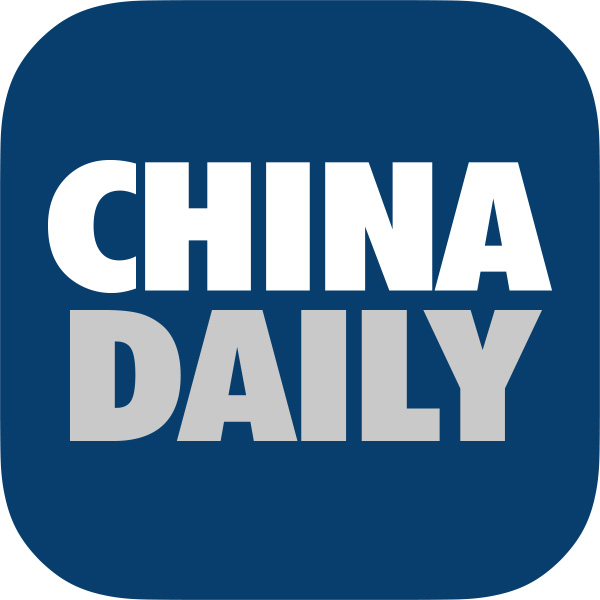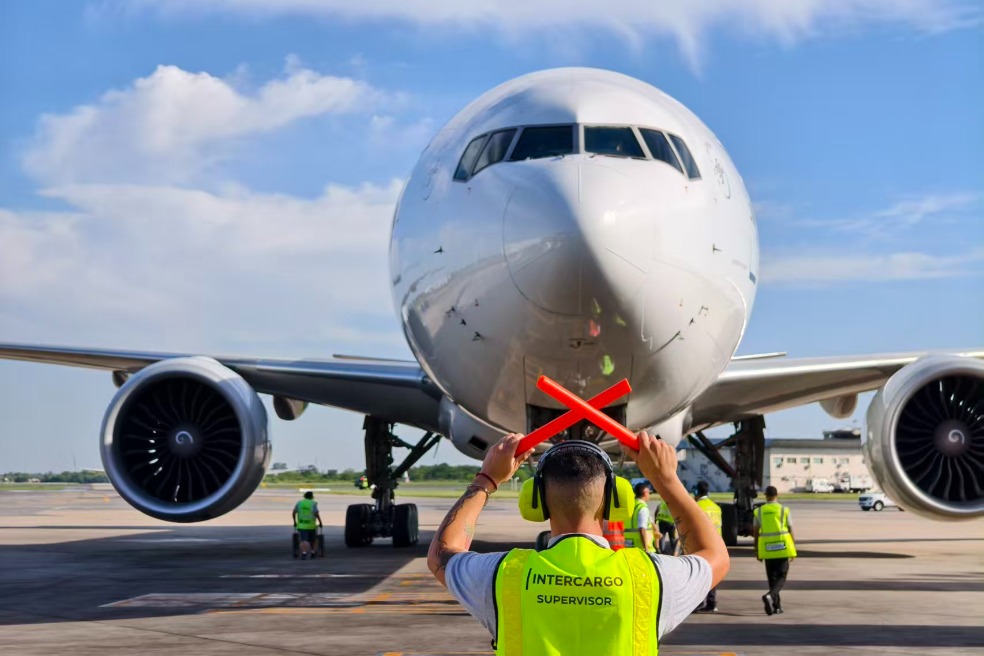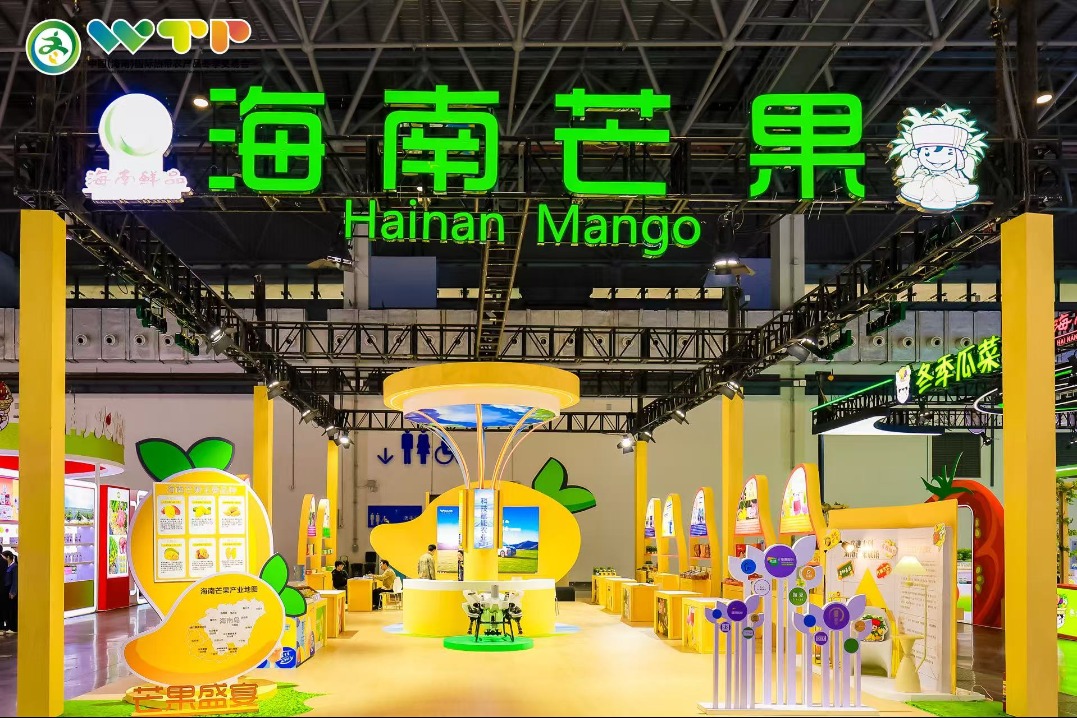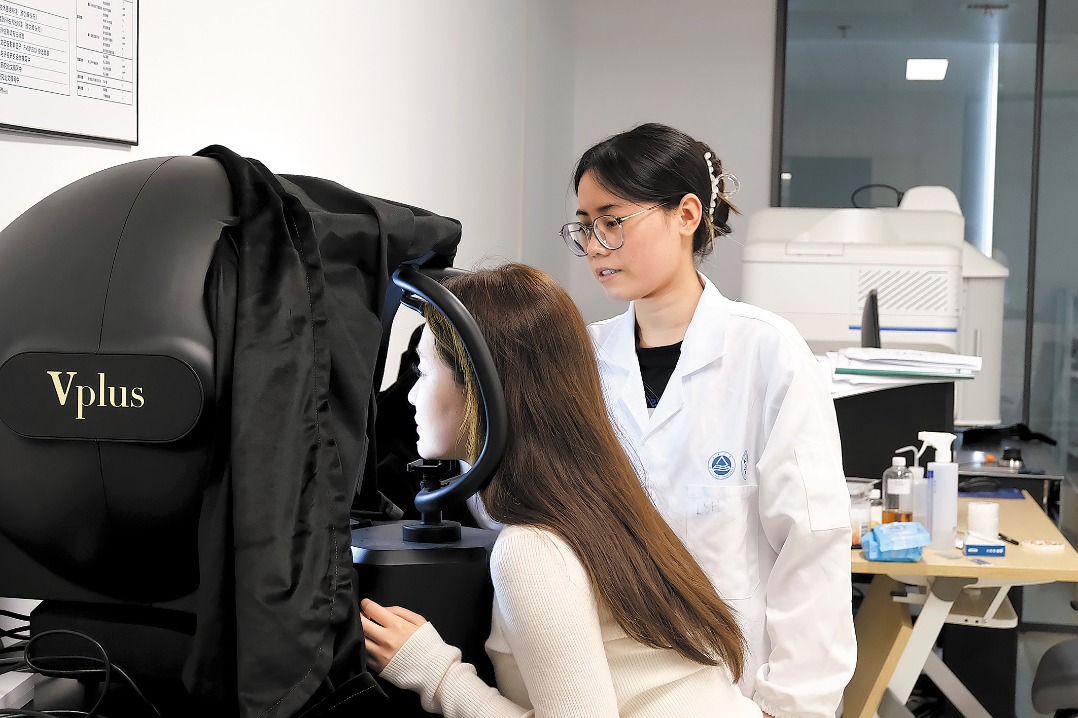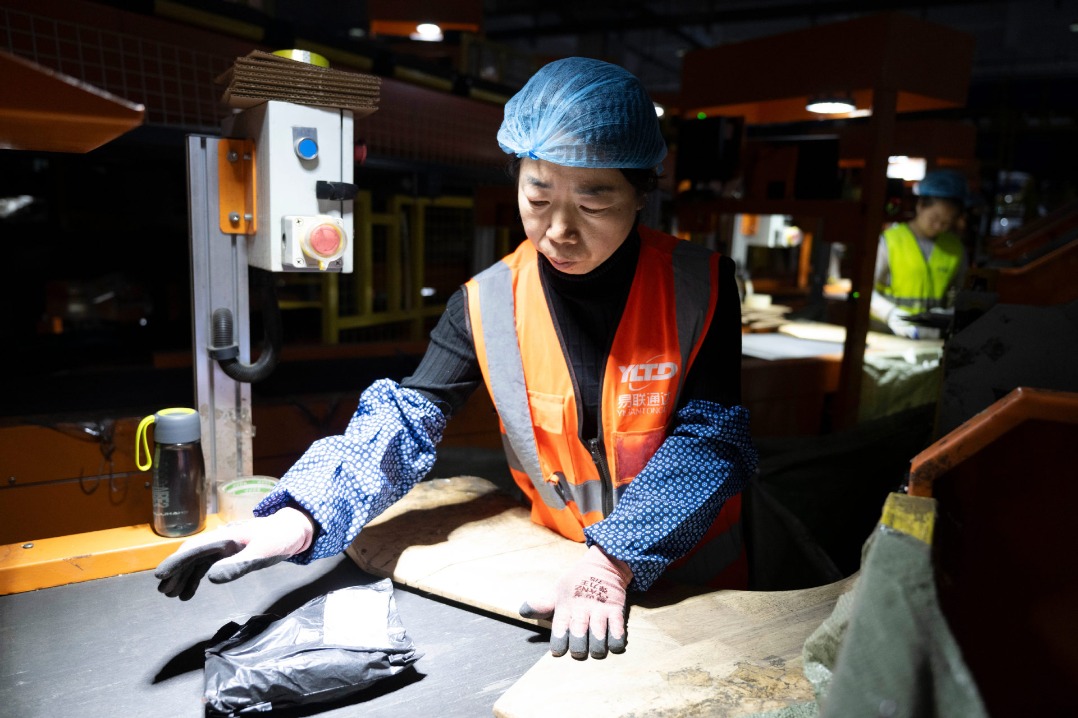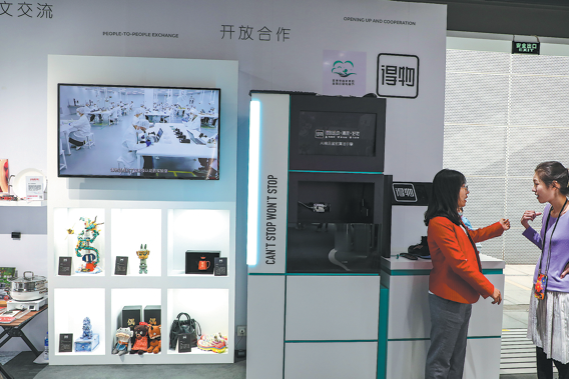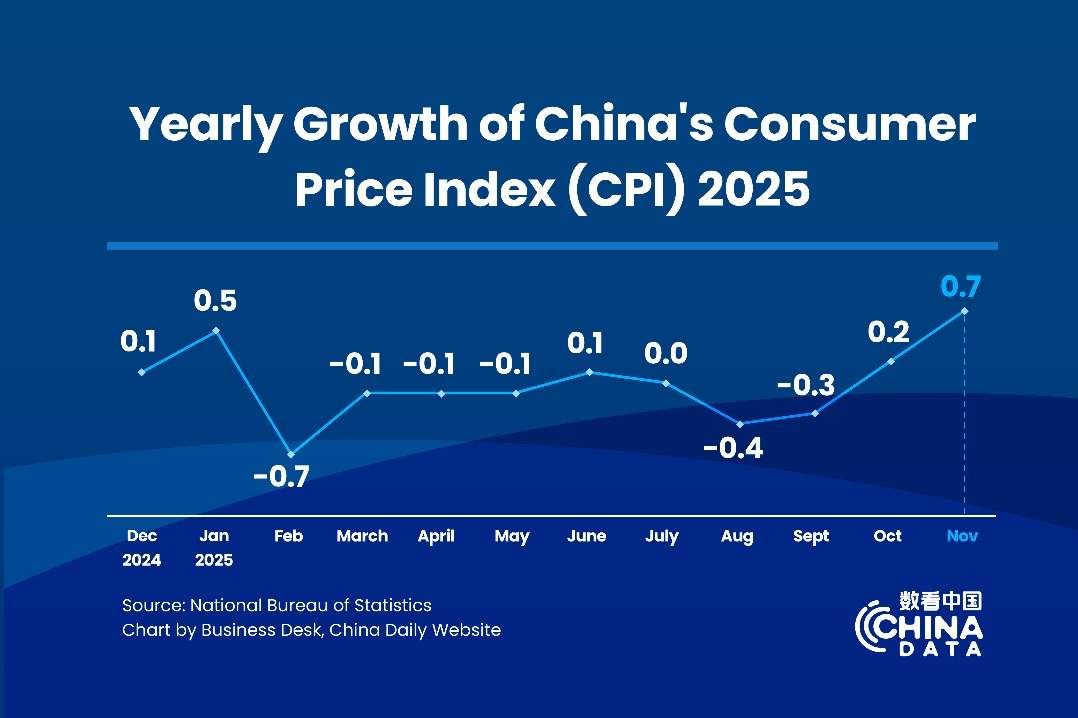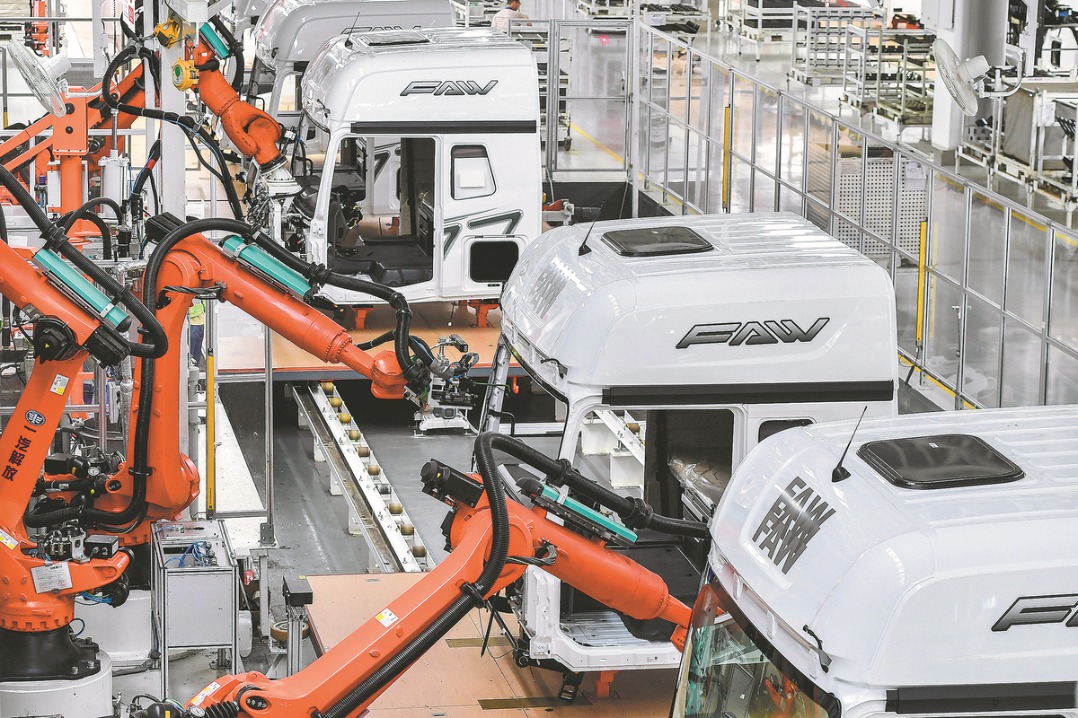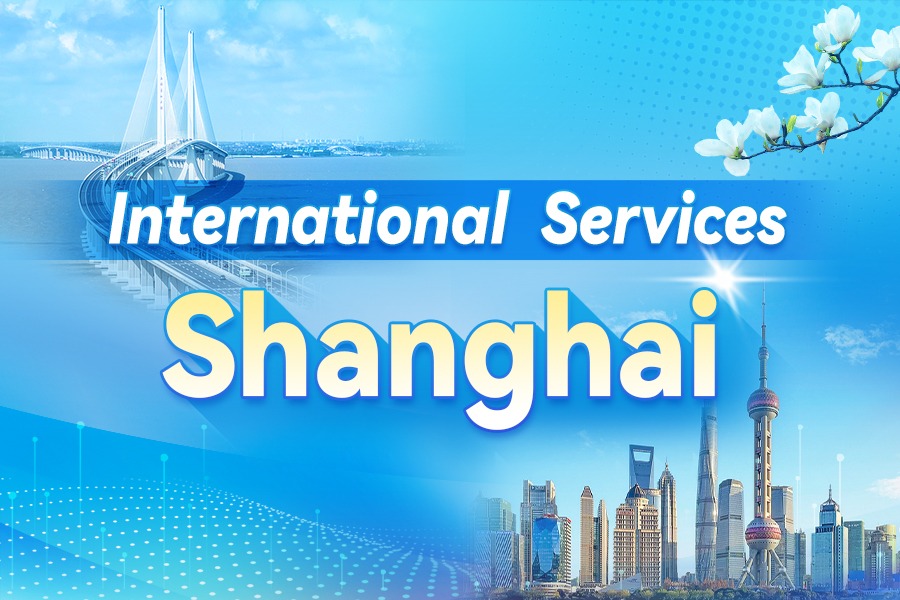Chinese export firms reposition themselves against trade headwinds

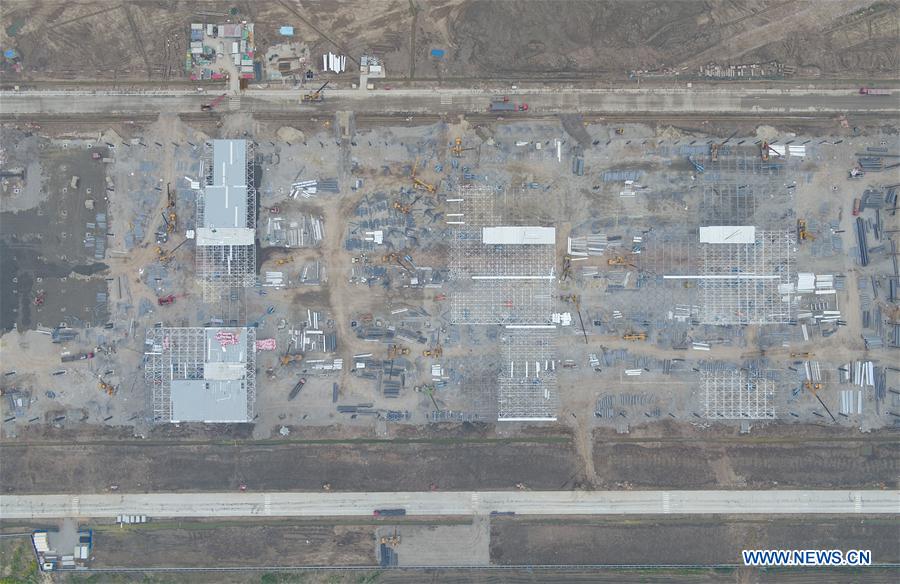
Research and innovation as priority
If the prolonged Sino-US trade tension had given Chinese firms anything as a lesson, local firms said it would be the significance of research and innovation and being technically competitive.
On May 10, the United States announced a decision to increase additional tariffs on $200 billion worth of Chinese imports from 10 percent to 25 percent.
"The additional 15-percent tariff hikes came unexpectedly, many of our customers felt at a loss. But it is no easy rebuilding industrial chains elsewhere as lots of raw materials and technologies have been involved," said Lao Jiewei, secretary of the board of directors of Golden Sea, a Guangzhou-based professional lighting provider.
What the 1,000-employee company could do, he said, was to increase efficiency and retain the competitiveness of its products by fostering new technical advantages.
"Our research investment accounts for around 6 percent of our sales revenue and we will continue to increase it so our products remain competitive in the market," Lao said.
In addition, the company has more than one-tenth of its employees engaging in research and creative design.
As tariff uncertainties hurt market confidence and new orders, Lao said a proper solution would be good for both countries.
If no solution were reached, and the Chinese and US economies were decoupled, local manufacturers said they would have a chance to gain back the more profitable market share acquired by established American brands by providing products with higher cost-effectiveness.
In the long term, the tariff war is an opportunity for export firms to better tap the domestic market and the markets beyond the United States, said Joe Chen.
